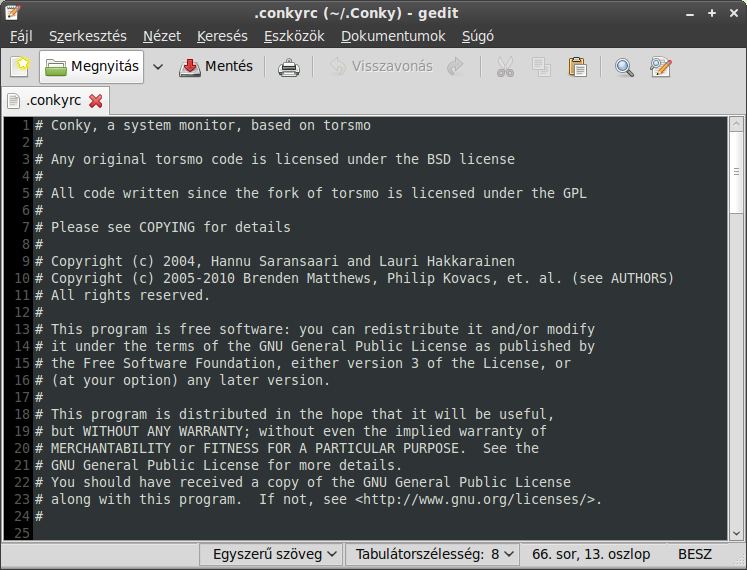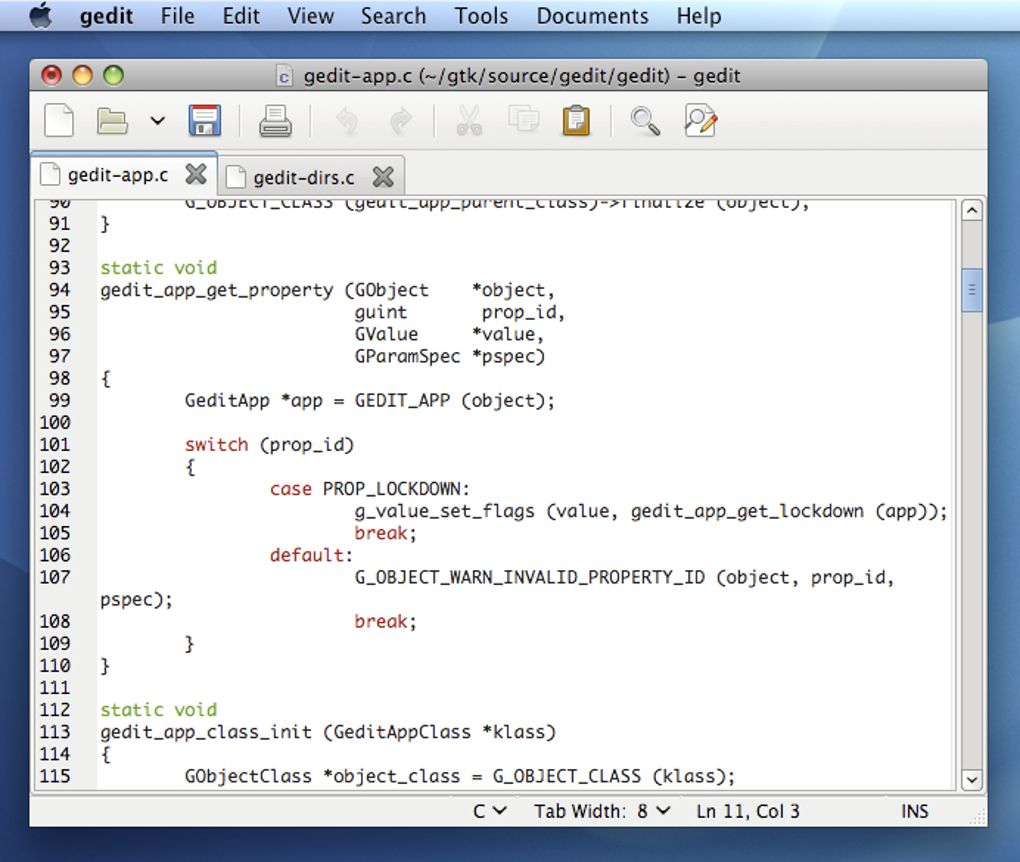How to Edit Text Files Graphically on Linux With gedit. Dave McKay May 13, , am EDT. Linux users normally edit configuration files with terminal-based tools like nano and vim. If you want to edit a file graphically—even a system file—the gedit text editor makes it painless and easy.Author: Dave Mckay. gedit is the official text editor of the GNOME desktop environment.. While aiming at simplicity and ease of use, gedit is a powerful general purpose text editor. It can be used to create and edit all kinds of text files. gedit features a flexible plugin system which can be used to dynamically add new advanced features to gedit itself. Optionshelp Prints the command line options. Install Gedit Linux on Ubuntu Unity LTS Debian using Terminal: Let us get into the steps directly. The following commands can be used to install Gedit editor on your Linux Ubuntu Unity LTS LTS, Linux Mint, and other Debian Distributions. Paste the following installation command on the terminal and execute it.
| Nom: | gedit linux |
| Format: | Fichier D’archive |
| Version: | Nouvelle |
| Licence: | Libre (*Pour usage personnel) |
| Système d’exploitation: | Windows XP/7/10. MacOS. Android. iOS. |
| Taille: | 67.22 |
Cygwin is not: a way to run native Linux apps on Windows. You must rebuild your application from source if you want it to run on Windows. Again, you need to build your apps from source if you want to take advantage of Cygwin functionality. For more information see the FAQ. Keep in mind that individual packages in the distribution are updated separately from the DLL so the Cygwin DLL version is not useful as a general Cygwin distribution release number.
Support for Cygwin For all Cygwin-related questions and observations, please check the resources available at this site, such as the FAQ, the User's Guide and the mailing list archives.
Tip: if you don't want to also upgrade existing packages, select 'Keep' at the top-right of the package chooser page.

Q: Is there a command-line installer The setup program understands command-line arguments which allow you to control its behavior and choose individual packages to install. While this provides some functionality similar to such tools as apt-get or yum it is not as full-featured as those package managers. Q: Why not use apt, yum, my favourite package manager, etc.

A: The basic reason for not using a more full-featured package manager is that such a program would need full access to all of Cygwin's POSIX functionality. That is, however, difficult to provide in a Cygwin-free environment, such as exists on first installation.
Additionally, Windows does not easily allow overwriting of in-use executables so installing a new version of the Cygwin DLL while a package manager is using the DLL is problematic.
Q: How do I install everything A: You do not want to do this This will install an enormous number of packages that you will never use, including debuginfo and source for every package.
If you really must do this, clicking on the "Default" label next to the "All" category to change it to "Install" will mark every Cygwin package for installation. Be advised that this will download and install tens of gigabytes of files to your computer.

Q: How do I verify the signature of setup Q: How do I help improve setup The name of the file you are editing is displayed in the toolbar. This lets you know that changes have been made to the content of the file.
It acts as a reminder that if you want to keep the changes you need to save the file. This will open a standard file save dialog.
Embracing the open source mandate
You can browse to the directory you wish to save the file in, and you can provide a name for the file. Editing System Files To edit a system file, you will usually need to use sudo because the owner of the file is likely to be root.

Mess up the wrong system file, and you can find yourself locked out of your computer following a reboot. This command opens gedit and loads the samba config file for editing.
Replicating Ownership and Permissions to a New FIle A cautious way to edit system files—and therefore a commendable way to edit system files—is to copy the file and then edit the copy.
When you copy a file, the file ownership can change, and the file mode permissions can be altered.

You need to make sure these are exactly the same on your new file as they are on the original file before you copy the new version over the original file. This is how you can do that. This step is purely for demonstration purposes to make sure the new file does not have the same mode permissions and ownership as the original file.
The group permissions are read and write.


No comments:
Post a Comment